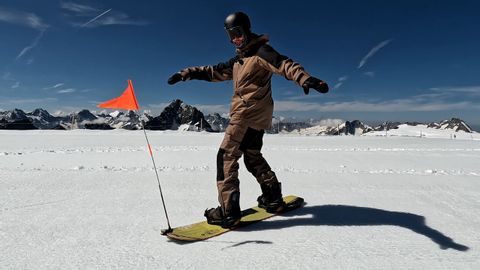フラッグ・ポール・ドリル(タイミング、姿勢、エッジ・チェンジを改善する) (FLAG POLE DRILL (improve timing, posture, and edge change))
niniba が 2024 年 07 月 13 日 に投稿  この条件に一致する単語はありません
この条件に一致する単語はありません- v.t./i.突き刺す : 刺し込む;貼る : くっつける;とどまる;突き出す;我慢する
- n. (c.)棒
US /ˈstrʌɡəl/
・
UK /'strʌɡl/
- v.t./i.奮闘する;もみ合う
- n. (c./u.)奮闘;苦闘
US /ɪnˈkrɛdəblɪ/
・
UK /ɪnˈkredəbli/
- adv.信じられないことに;信じられないほど;信じられないほど;驚くほど
- n. (c./u.)集まり;仲間
- v.t.まとまる
- v.t./i.束ねられる
エネルギーを使用
すべての単語を解除
発音・解説・フィルター機能を解除
